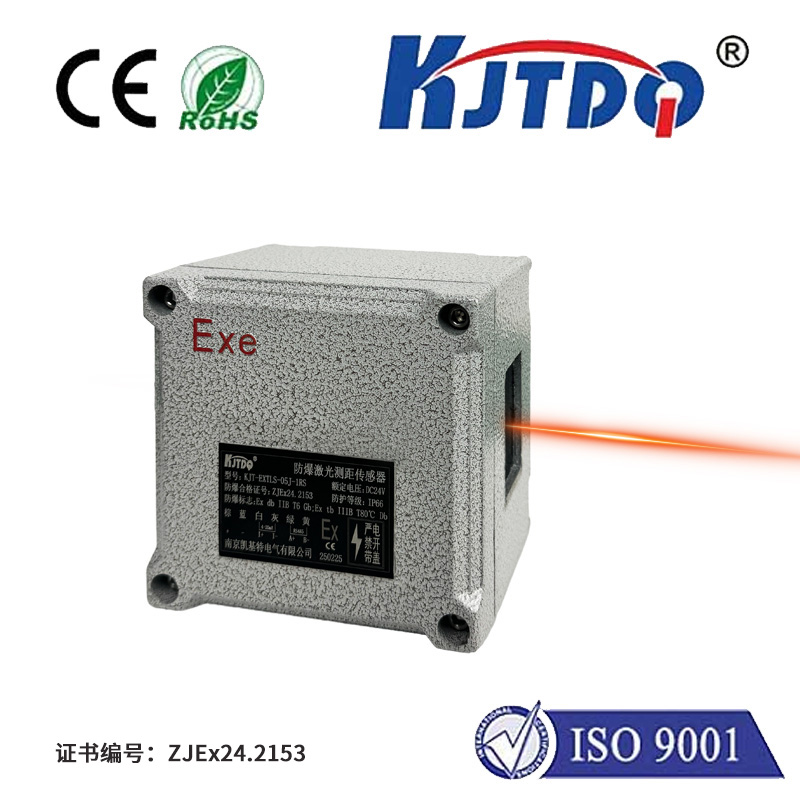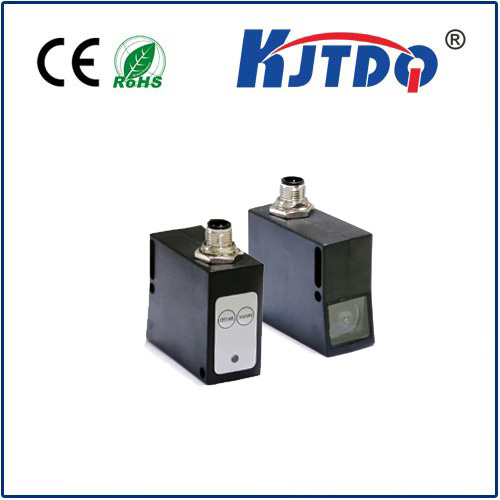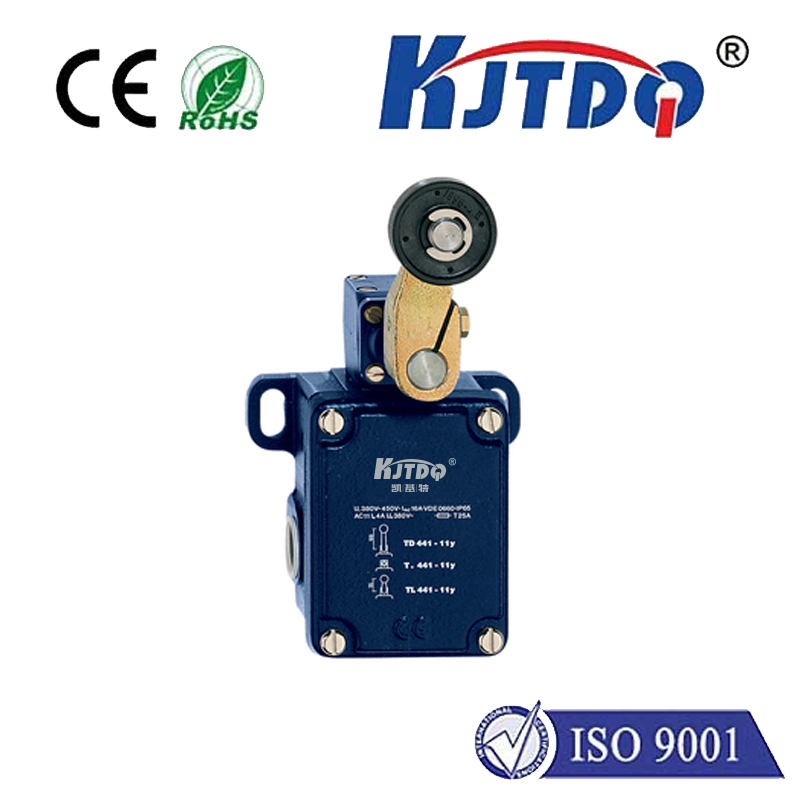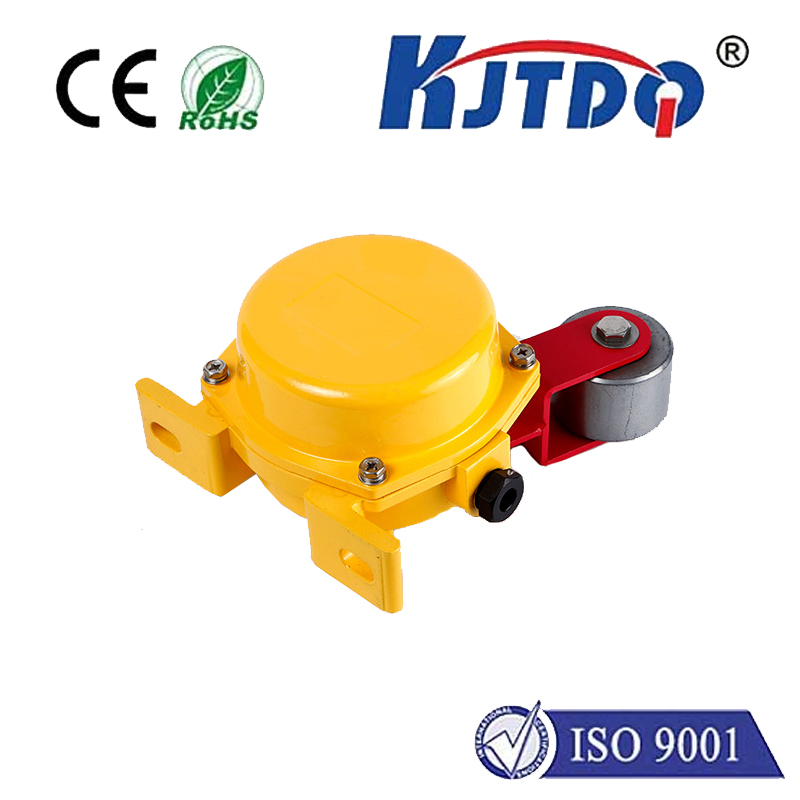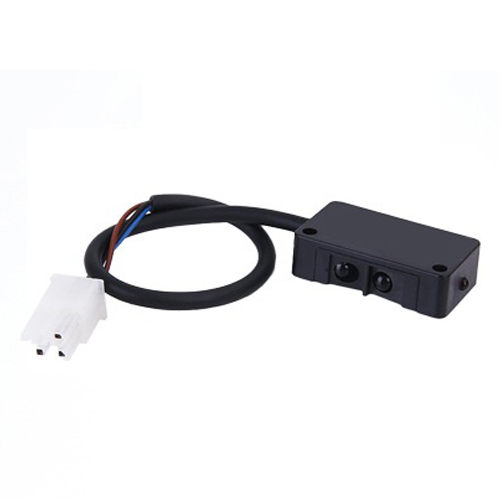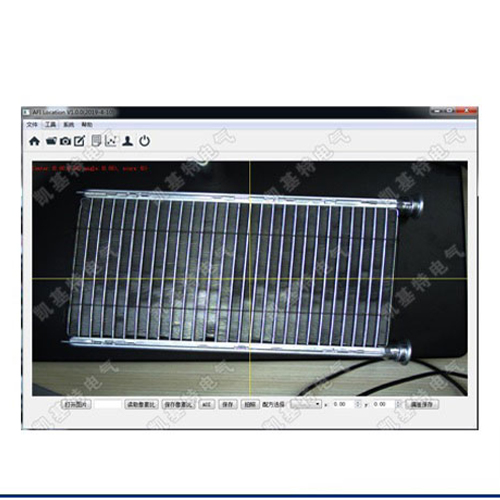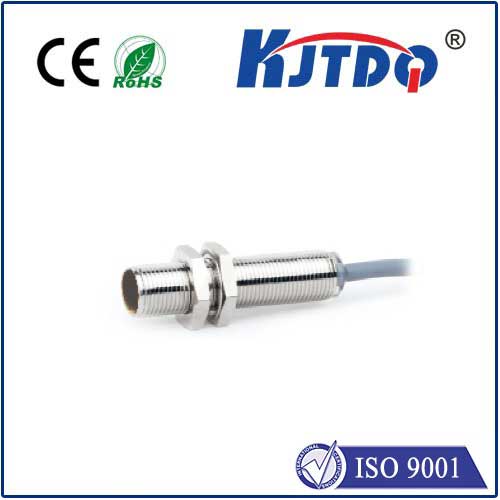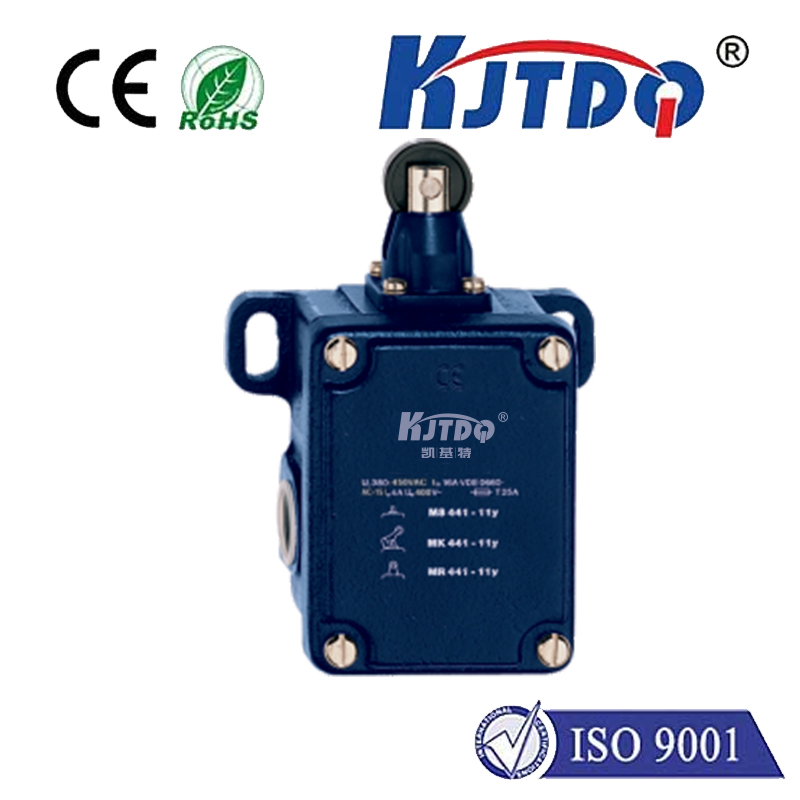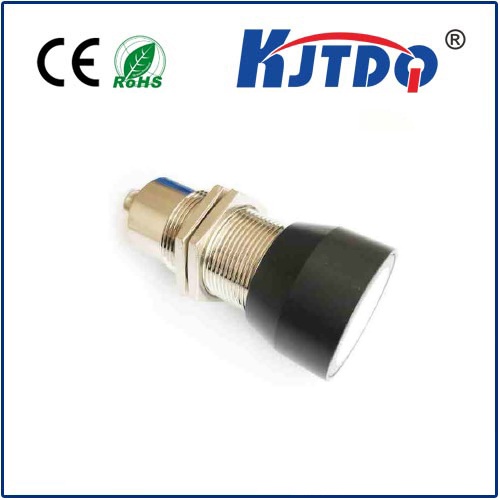

check

check

check

check
The Essential Guide to 120 Volt Micro Switches: Functionality and Applications
Have you ever marveled at how your garage door halts precisely when it hits an obstacle, or how your washing machine knows to stop filling with water? These everyday conveniences rely on a deceptively simple yet indispensable component: the 120 volt micro switch. As a cornerstone of modern electronics, this tiny switch plays a pivotal role in ensuring safety, efficiency, and reliability across countless devices. In this article, we delve into the world of 120 volt micro switches, exploring their inner workings, diverse applications, and why they’re a go-to solution for engineers and DIY enthusiasts alike. By understanding their key features, you’ll appreciate how these unassuming parts make our lives easier and smarter.

Fundamentally, a 120 volt micro switch is a type of electrical switch designed to operate at a nominal voltage of 120 volts, making it ideal for standard household and industrial power systems. Unlike larger switches, micro switches are compact and highly sensitive, activating with minimal physical force—often just a fraction of a millimeter’s movement. This sensitivity stems from their internal mechanism: a spring-loaded actuator that, when triggered (e.g., by pressing a button or moving a lever), snaps into position to complete or interrupt an electrical circuit. The term “micro” highlights their size, typically measuring just a few centimeters, yet they pack a punch in durability and precision. What sets the 120V variant apart is its voltage rating, which aligns perfectly with common AC power sources in homes and workshops, reducing the need for complex voltage converters. This compatibility simplifies integration into systems like appliances, machinery, and automotive controls. Moreover, their snap-action design ensures quick, reliable switching, preventing issues like arcing or contact wear over time—a critical advantage for high-reliability applications.
The applications of 120 volt micro switches span a wide spectrum, driving innovation in consumer electronics, industrial automation, and beyond. In household settings, they’re ubiquitous in devices such as refrigerators, where they detect door closure to activate lighting or cooling cycles. Similarly, in microwaves, micro switches monitor the latch position to ensure safe operation only when the door is shut. Beyond the home, industrial sectors leverage these switches for robust control systems. For instance, in conveyor belts, they act as limit switches to halt machinery if objects jam or exceed safety limits. Automotive engineering also relies heavily on micro switches, incorporating them into braking systems to trigger lights or into windows to stop movement at the end of travel. A key benefit is their versatility in hazardous environments; the 120V rating often includes enhanced insulation, allowing use in damp or dusty conditions without risk of electrical faults. This makes them favorites for outdoor equipment like sprinkler controllers or transport vehicles. Additionally, their low cost and ease of installation encourage widespread adoption—designers can embed them into PCBs or mount them mechanically with minimal effort, accelerating prototyping and mass production.
Choosing the right 120 volt micro switch involves considering several critical factors to match your specific needs. Key parameters include the actuator type (e.g., lever, roller, or button), which determines how force is applied. For example, a lever actuator suits sliding doors, while a button style fits into tight spaces like keypads. Another aspect is the electrical rating, with 120 volts being standard, but you must verify current capacity—typically rated in amperes—to handle the load without overheating. Environmental resilience is equally vital; look for switches certified for IP67 or higher ratings to withstand water, dust, or temperature extremes. Quality brands often enhance longevity with self-cleaning contacts, reducing maintenance headaches. In DIY projects, start with reliable suppliers and test switches under simulated conditions to ensure consistent performance. As technology evolves, innovations like wireless-linked micro switches are emerging, enabling smart home integrations without rewiring. Ultimately, understanding these nuances empowers users to select micro switches that optimize efficiency, safety, and cost-effectiveness in any setup.
Transitioning to practical scenarios, 120 volt micro switches shine in enhancing user safety and energy savings. Take, for instance, household appliances: when a dryer door opens mid-cycle, a micro switch instantly cuts power to prevent burns or shocks—a lifesaving feature. In commercial settings, these switches contribute to sustainability by minimizing standby power; devices “sleep” when not in use, thanks to position-sensing mechanisms. For hobbyists and technicians, troubleshooting common issues like switch failure becomes straightforward; symptoms like intermittent operation often point to worn actuators, which are easy to replace. Regular inspection and cleaning extend their lifespan, making them a sustainable choice in resource-conscious designs. As demand grows in renewable energy sectors, 120 volt micro switches adapt seamlessly into solar panel arrays or wind turbines, monitoring tilt angles or disconnecting circuits during faults. This adaptability underscores why they remain a staple in electronic engineering, constantly evolving with digital interfaces and IoT trends. Embracing these components not only ensures reliable operation but also fosters innovation in an increasingly interconnected world, where small switches make big impacts on daily conveniences and industrial advancements.
